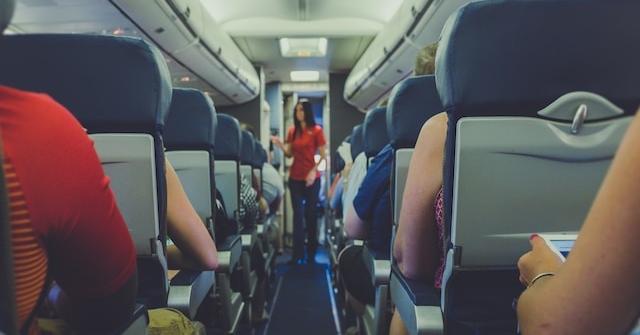Any passenger’s primary concern is safety when they step on an aircraft. Thankfully, the aviation industry takes passenger safety very seriously, implementing a wide range of best practices to ensure that flying remains safe. If you want to learn how it does that, it will be better if you go through this article. It will delve into the best aircraft practices that are designed to keep passengers safe, offering insights into the procedures, technology, and protocols that play a crucial role in ensuring a safe journey.
Rigorous Maintenance and Inspections
Maintenance is the lifeblood of aviation safety. Airlines adhere to strict maintenance schedules that encompass every aspect of an aircraft’s functionality. These schedules are not mere guidelines; they are mandated by aviation authorities and must be followed diligently. Trained and certified maintenance personnel are responsible for inspecting, repairing, and maintaining all aircraft components, from the engines to the smallest avionics systems. Regular inspections, often guided by manufacturer recommendations, are conducted once prior to the flight and once after the plane has landed. These checks look for signs of wear and tear, ensuring that potential issues are identified and resolved proactively. Additionally, airlines employ predictive maintenance techniques, using data analytics and sensor technology to monitor aircraft health instantaneously.
Stringent Training for Flight Crew
The flight crew, including pilots and cabin attendants, undergo rigorous and continuous training to ensure passenger safety. Pilots, in particular, are subject to a stringent regimen of simulator training, classroom instruction, and evaluations. This training covers a wide range of scenarios, from routine take-offs and landings to complex emergencies. Pilots must understand aircraft systems, navigation, meteorology, and air traffic control procedures deeply. They are also trained to handle various emergencies, such as engine failures, hydraulic system malfunctions, and loss of cabin pressure.
Strict Regulatory Oversight
Regulatory oversight is a cornerstone of aviation safety. The aviation authorities like Federal Aviation Administration, establish and enforce safety regulations that govern all aspects of air travel. These regulations cover aircraft design, maintenance, crew training, and operational procedures. Airlines and operators must comply with these regulations and conduct regular audits by aviation authorities. These audits ensure that airlines comply with safety standards and best practices. Failure to meet these standards can result in suspending or revoking an airline’s operating certificate, effectively grounding their fleet until safety concerns are addressed.
Emergency Response Preparedness
Keeping the aviation team prepared for any emergencies is critical to ensure an aircraft’s safety. Airlines conduct extensive training programs for their cabin crew to handle a wide range of emergencies. These include evacuations, fire response, and medical emergencies. Passengers are also provided safety briefings before every flight, ensuring they know how to use safety equipment like life vests and oxygen masks. Furthermore, the aircraft themselves are equipped with emergency slides and life rafts, ready for deployment in the event of a water landing. Crew members are trained to efficiently evacuate passengers from the aircraft using these resources, minimizing the risk of injury or loss of life.
Maintenance of Cabin Air Quality
Aircraft oxygen and nitrogen levels are carefully managed to ensure passenger safety and comfort. Advanced air circulation systems filter and circulate cabin air, maintaining the right balance of oxygen and nitrogen. This balance ensures passengers breathe comfortably at high altitudes while preventing overly dry cabin air, contributing to a safe and pleasant travel experience. Proper cabin air quality also plays a role in reducing the risk of altitude-related health issues, making it a crucial component of aviation safety.
Seatbelt Usage and Turbulence Preparedness
Simple measures like wearing seatbelts during the flight are essential for passenger safety. While turbulence is generally not a safety concern, it can be uncomfortable and potentially lead to injuries if passengers are not securely fastened. Flight attendants keep reminding passengers to buckle up their seat belts to ensure safety during unexpected turbulence. Additionally, passengers are informed about the potential for turbulence during the flight, and pilots often adjust the altitude or flight path to minimize its effects. The combination of seatbelt usage and crew preparedness ensures that passengers remain safe and comfortable throughout the flight.
Conclusion
In conclusion, the aviation industry’s unwavering commitment to safety is evident through implementing these best aircraft practices. From rigorous maintenance and continuous crew training to advanced avionics and strict regulatory oversight, every aspect of air travel is carefully designed to keep passengers safe. As travelers, you can have confidence in the industry’s dedication to prioritizing our well-being, making air travel one of the safest modes of transportation globally.






